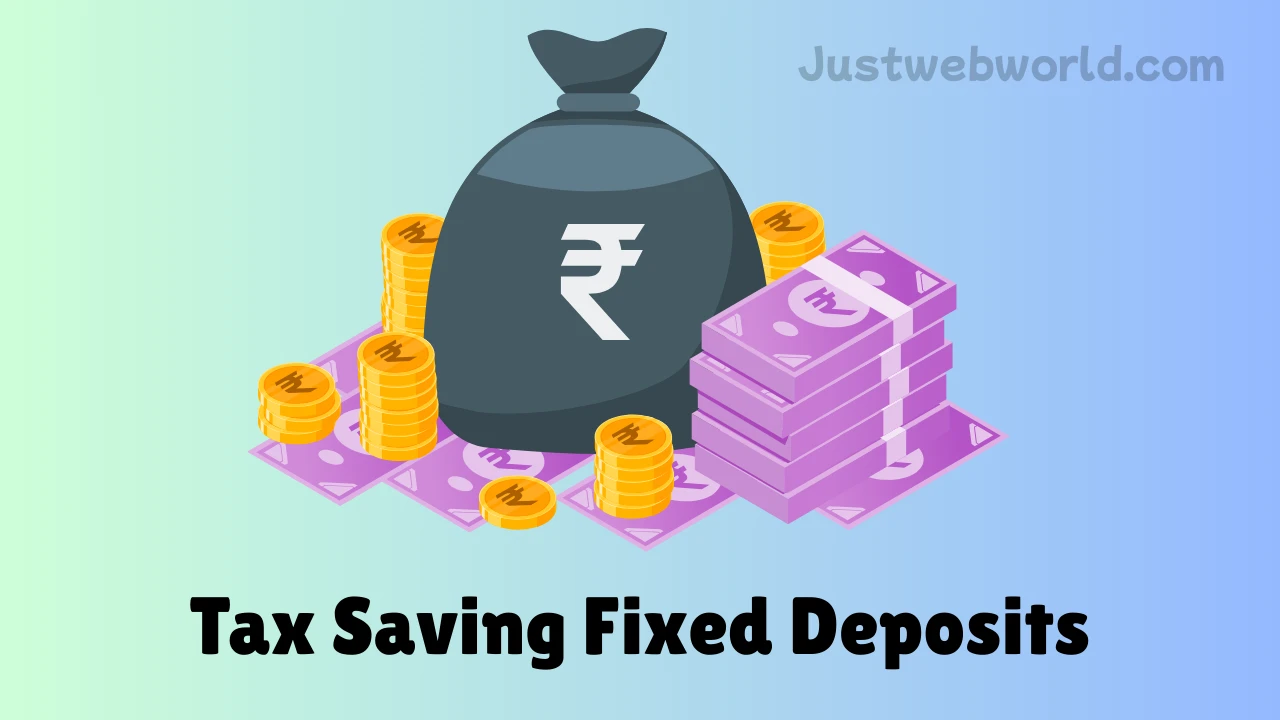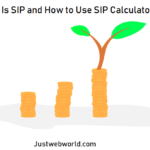A Tax-saving FD is a financial product that is preferred by people who are in search of a fixed-return investment plan that can also help them save taxes. However, it has a five-year lock-in period, which implies that one cannot withdraw their money before the stipulated period. This leads to a very relevant question – is a Tax saving FD worth the lock-in period?
In order to answer this, let’s consider the advantages and disadvantages of investing in a Tax-saving FD and then come to a conclusion.

Tax benefits vs. restricted access
The main advantage of a Tax-saving FD is that it allows for tax exemption under Section 80C of the Income Tax Act. You can claim up to ₹1.5 lakh as a tax exemption, thus lowering your tax liability.
On the other hand, the disadvantage of this particular FD is that the money is locked in for five years. However, one must note that a Tax-saving FD does not allow any premature withdrawal, loans, or partial withdrawal like in a regular fixed deposit. A disadvantage is that if you are in need of emergency funds, this may not be possible.
Guaranteed returns make it safe
While stocks or mutual funds are associated with market risks, a Tax-saving FD offers fixed interest rates. This makes it a safe investment for those who are not willing to take risks in the market and go for high-risk, high-return investments.
The interest rates on Tax-saving Fixed Deposits are between 6% to 7.5%, and for senior citizens, it is 0.5% more. The guaranteed return means that the money invested will increase over the five years without being affected by market fluctuations.
This FD is suitable for a risk-averse investor who wishes to invest their money and get back the money with some extra amount after a specified period of time without having to worry about losing their money.
Comparing FDs with other tax-Saving investments
Let us compare Fixed Deposits with other tax-saving investment products in the market so as to establish the benefits of investing in FDs over other investment products.
While a Tax-saving FD is safe and has tax benefits, it is not the most remunerative investment. Other tax-saving investments under Section 80C, such as ELSS mutual funds, PPF, and NPS, may offer better returns in the long run.
- ELSS mutual funds have a lock-in period of three years and have higher returns than tax-saving Fixed Deposits, but they are market-linked.
- PPF has a more extended maturity period of 15 years, but the interest received is tax-free.
- NPS is a good instrument for retirement planning, but there are certain limitations on the withdrawal of the amount.
If you are looking for higher returns and tax advantages, these options may be more suitable for you. But if you are willing to be safe and sure that you will earn something, then the Tax-saving FD is still a good option.
Best Private Sector Banks In India.
Is it worth it?
The answer to this question will depend on the objectives that you have set for your financial life. If you are looking for an investment that is safe and secure with the added advantage of saving taxes, then a Tax-saving FD is a good investment for a five-year lock-in period. However, if one needs flexibility, liquidity, or higher returns, there are other ways to save taxes.
The best way to do this is to invest in Tax-saving FDs and other high-return options such as mutual funds. It is thus crucial to ensure that one avoids paying a lot of taxes and, at the same time, amass wealth in the future.






